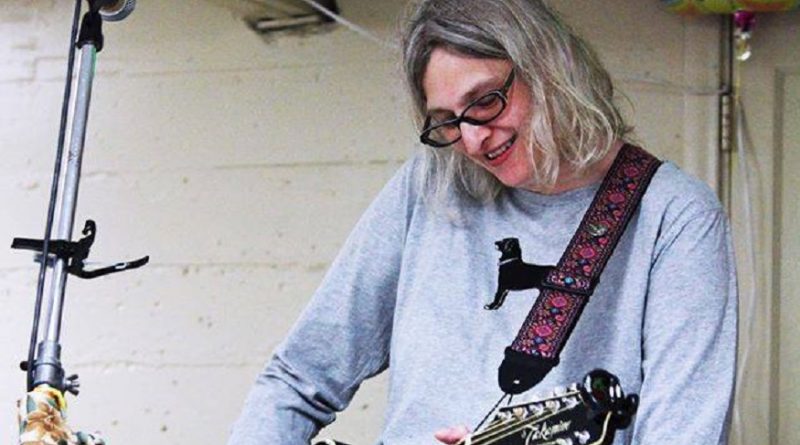School of IAS to host information session on Masters of Arts in Interdisciplinary Studies
The School of Interdisciplinary Arts and Sciences will hold an information session on the Masters of Arts in Interdisciplinary Studies Dec. 4 at 6 p.m. in the Dawn Lucien boardroom. The session is an opportunity for students to learn more about the MAIS degree and to hear from faculty and students currently enrolled in the program.
The Masters of Arts in Interdisciplinary Studies offers students the opportunity to conduct research “spanning the humanities, social sciences and environmental sciences.” The program was first offered in the late ’90s as a continuation of the original Interdisciplinary Arts and Sciences bachelor’s degree, which has gone through several changes since then.
“Everything is derived from the [original] undergrad program,” Karin Dalesky, MAIS administrator and advisor, said.
Students will also work in tandem with UW Tacoma faculty for the new MIAS degree.
“We will match [students] appropriately with faculty. In some cases, they’ve already spoken to the faculty and the faculty are willing to work with them,” she said. “And so it’s really only limited to the faculty that are in our program, and we have pretty much everything.”
Students who have completed the program have gone on to have success in a variety of disciplines. Between 30 and 40 percent of graduates pursue careers in education, while 10–15 percent have been accepted into doctoral programs. Other graduates have formed nonprofit organizations or have started their own businesses.
“Some people are actually in a job and they just need any master’s degree, doesn’t matter what it is to move up,” Dalesky said.
She recommends that students interested in getting their doctorate verify that the MAIS degree satisfies the graduation requirements for the program in which they are interested.
Because of its interdisciplinary nature, the program attracts students with a wide variety of interests — from social justice and environmentalism to the creative arts.
“It’s as broad as the students’ projects are, and that’s the real beauty of the program,” said Dalesky. “Everybody is doing something different. When a student applies, they indicate what they’d like to study. [For example,] ‘I’m really interested in X,’ I’m really fascinated by Y,’ ‘I’m seeing what’s happening over here and I want to address this particular issue.’”
Although the program website emphasizes a focus on public action, Dalesky said this doesn’t necessarily mean a traditional capstone project. Her favorite student project was a mobile art installation, “Mourning Wave,” created by Kayla M. Stewart. Her project was meant to bring attention to environmental pollution.
“[Stewart] dumpster dove and created this giant black thing,” Dalesky said. “It was very big and very powerful and kind of ominous.” The student then dressed in overalls and wheeled the “wave-shaped altar of discarded plastic” around Tacoma and engaged passersby in conversation about the piece.
“The student then wrote a very powerful rationale that was completely theory-based [because] everything [in the program] is tied to research,” Dalesky said.
According to Dalesky, the program is good for students from all backgrounds.
“It’s for people who are interested in social justice issues, which is often seen as being human-centered, but could also deal with animals, environment [or] space,” Dalesky said.
“Every student is different anyway, but really in our program, every student is truly, truly different,” Dalesky said. “I might have three people who want to do gender studies, but they might all want to do it in a different way.”
For more information about the MAIS program, visit:
tacoma.uw.edu/sias/mais




